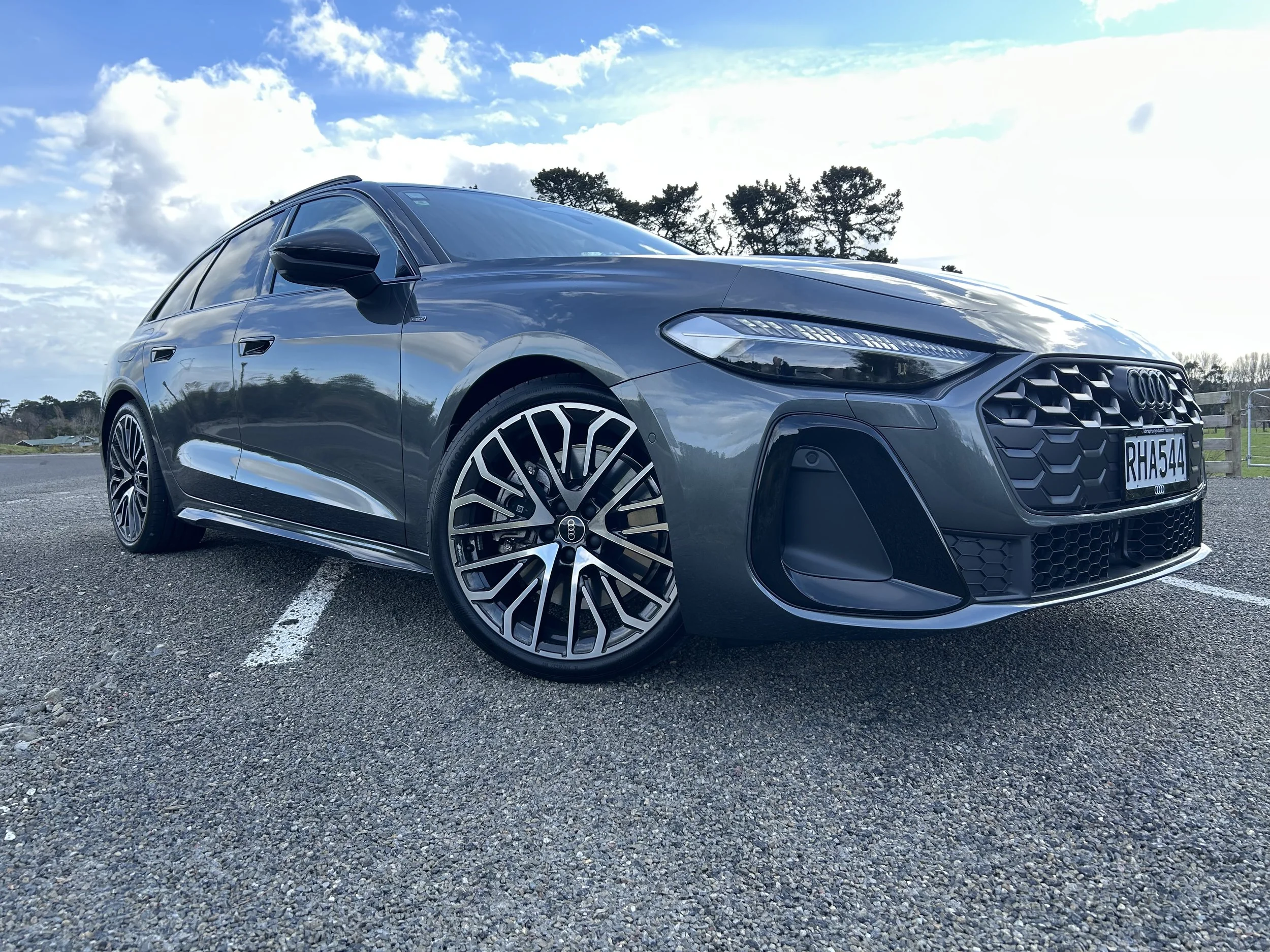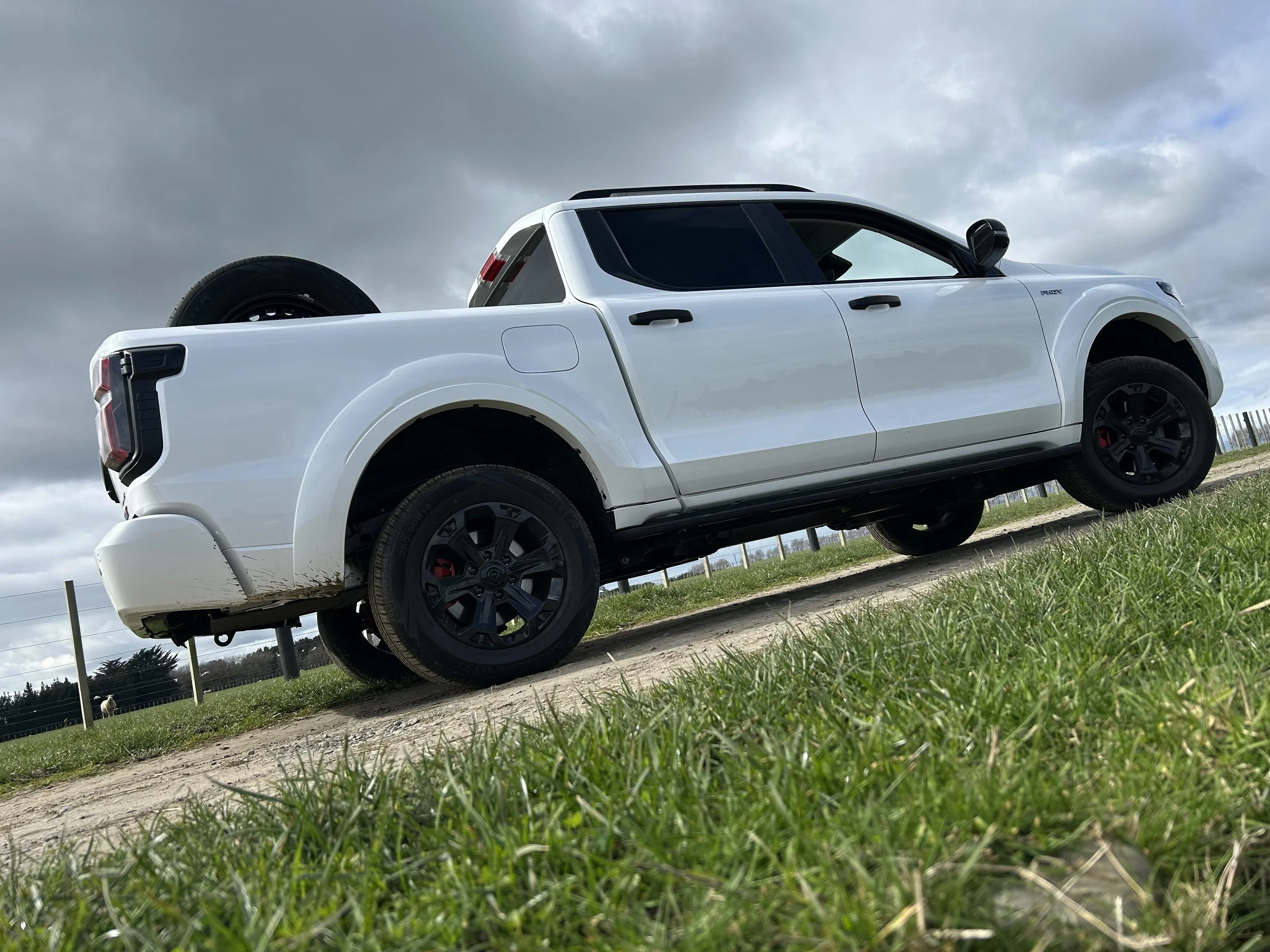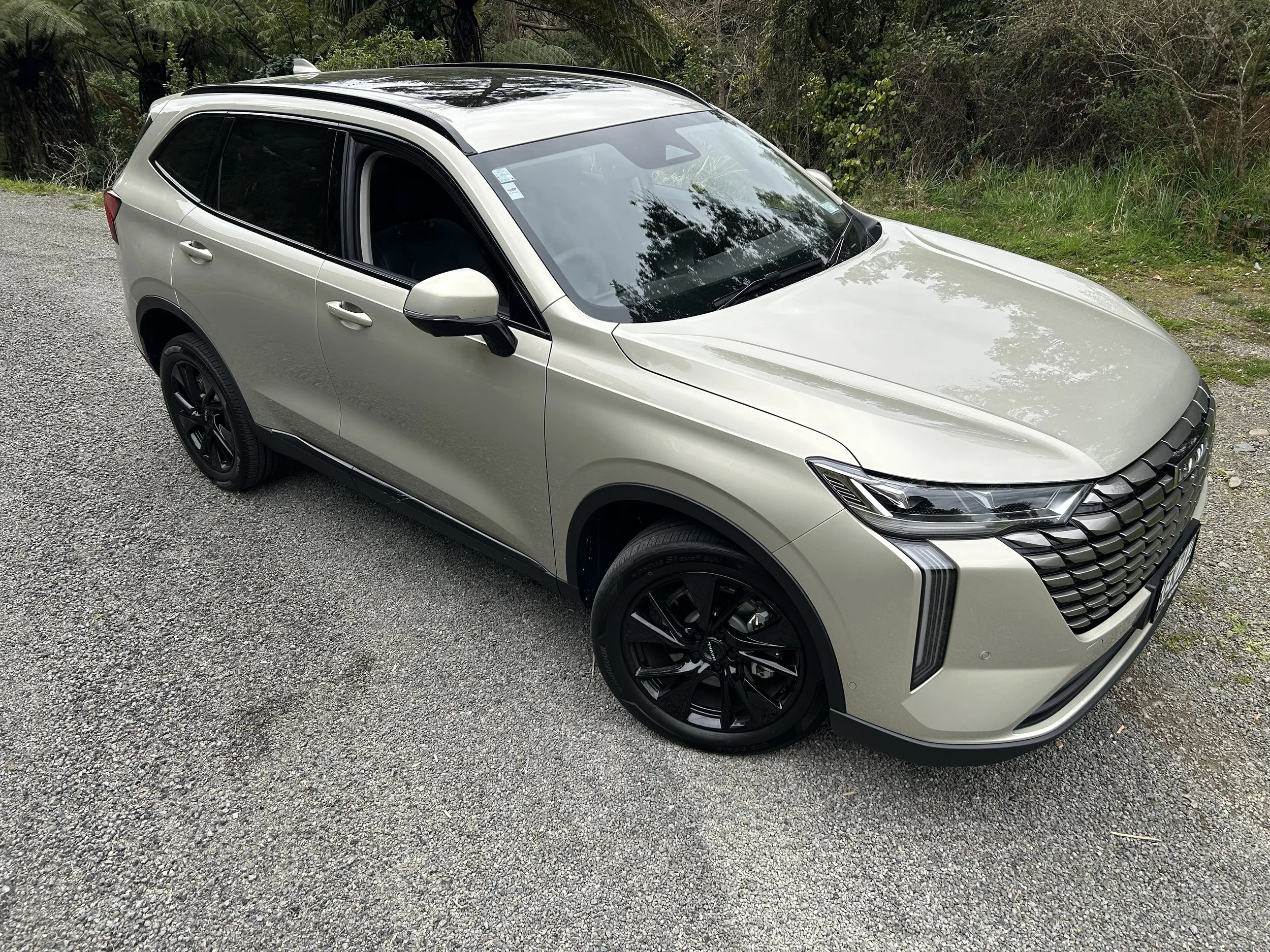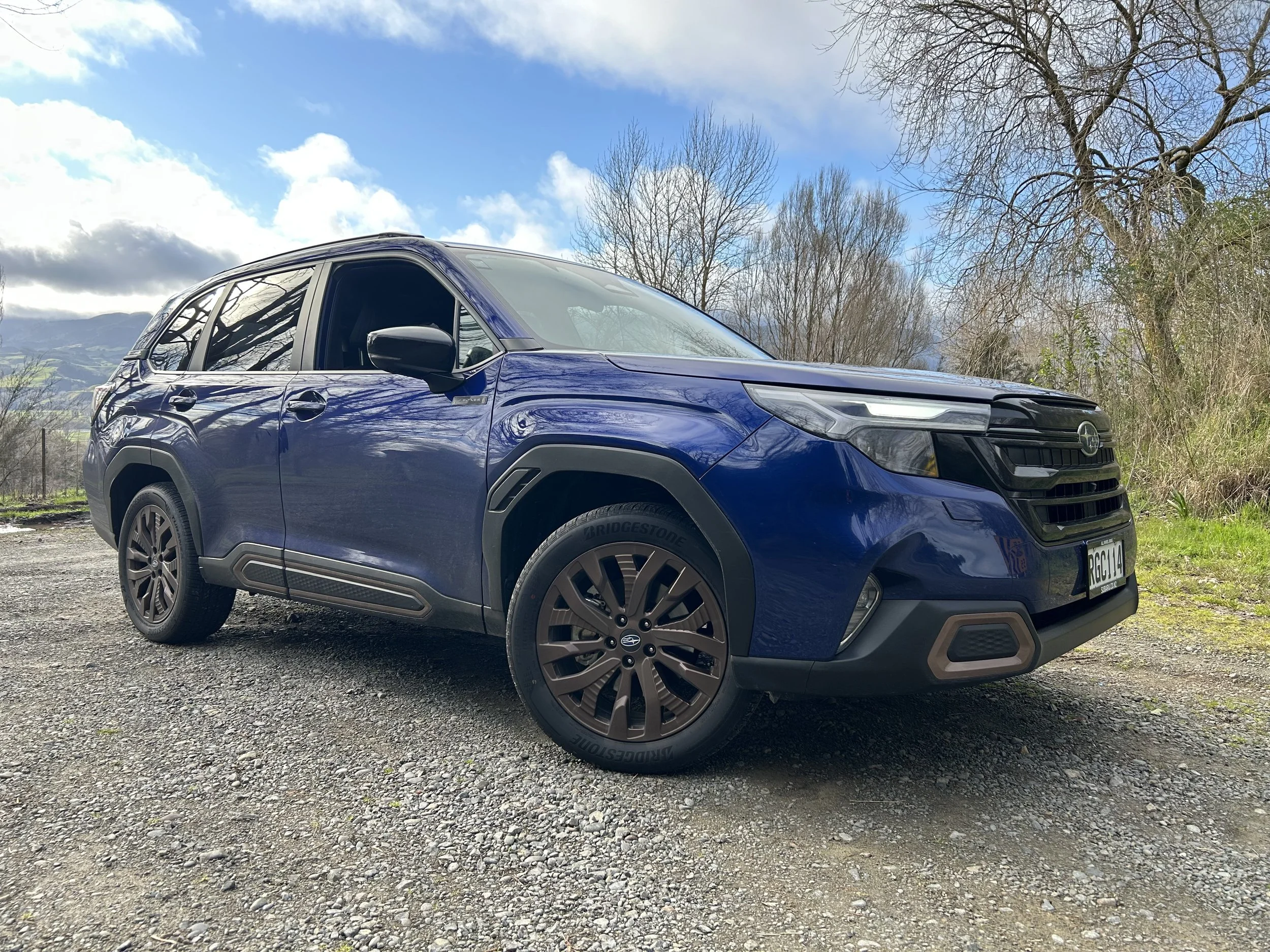Express RRPs fuel price intrigue
/Might the recommended retail prices for Mitsubishi’s returnee to the commercial van sector simply be conversation-starters?
INTENT to uphold status as a value brand has influenced Mitsubishi here to mull a pricing strategy for the Express van that is potentially more aggressive than the stated stickers suggest.
This allowance comes from the brand in signalling the prospect of recommended retails announced for this version of the Renault Trafic will likely allow enough flexibility to present potential for a significant price advantage over the donor that doesn’t show in the cited RRP.
As reported last week, conjecture of Mitsubishi’s first offer in van-dom since it lost the ancient L300 in 2015 being a Trafic clone in all but name and badging doesn’t quite bear out.
The models head in different directions in terms of variant count and Renault also offers a lengthened wheelbase alternate to the standard 3098mm wheelbase format it and Mitsubishi offer.
Yet when wheelbase commonality is considered, the models are close enough in core attribute, have identical drivetrains - with identical outputs, economies and performances - and payloads, are sister ships in styling and sourcing, to the point of being built on a common line in France.
The two versions of Express coming on sale in September are a manual 103kW/340Nm 1.6-litre and a 125kW/380Nm 2.0-litre dual clutch automatic, both on a standard (so, 3098mm) wheelbase.
The respective recommended retail pricing for these, announced today by Mitsubishi Motors New Zealand, is $47,990 and $52,990.
However, in discussing those, the distributor has offered concession that the models seem set to be subject to ‘transaction pricing’ – a practice that allows for more favourable stickers when deemed appropriate. Thought that, it might, in this instance, allow for a reduction of up to $7000 has not been denied.
MMNZ has historically had enthusiasm for special pricing programmes to invigorate consumer interest. The ‘transaction pricing’ model is an alternate to the more open practice of advertising special limited-time prices that attach to specific models. Most recently, for instance, the Pajero Sport sports utility has been selling for $10,000 less than the RRP in its highest specification.
When asked about reports that his brand has just advised dealers that the vans could be sold for as little as $40,000 in 1.6 form and $45,000 in the 2.0-litre guised, MMNZ marketing and communications manager, Reece Congdon, said he could not “comment on that at this point.”
When asked to give insight into what factors weigh into his brand’s pricing strategies, he said the Mitsubishi brand was known for having a focus “on delivering the best value possible for our customers.”
As to any disparity that might arise in respect to Trafic and Express stickers.
He offered this: “We have no knowledge of how an independent importer (presumably, that’s Renault NZ) chooses to price their product in New Zealand.”
MMNZ makes no bones that it wants to act swiftly and decisively to imprint itself as a serious volume player in the commercial van sector, where it was previously a kingpin during the L300 period.
Says Congdon: “We are thrilled to be adding the Express to our line up and be able to provide a compelling new option for light commercial operators.
““This highly specced van is a different proposition and a worthy successor to our popular L300 model, which sold 38,806 units from 1980 to 2015. We strongly believe that operators looking for function and flexibility, at exceptional value, will welcome the opportunity to get the Express van working for their bottom line.”
“Backed by our 50-strong dealer network and factory-trained technicians, we expect interest to be high.”
If the full transaction opportunities do exist – and there’s no absolute deniability on that from MMNZ - then the entry Express would potentially achieve a $1990 positioning below its only direct equivalent in the Trafic lineup, a version on the 3098mm wheelbase and with the 1.6 turbodiesel and six-speed manual.
The brands’ 2.0-litre models cannot fairly be considered equals. Renault doesn’t provision that drivetrain in the standard wheelbase, whereas Mitsubishi does. Trafic 2.0-litres are a LWB (3498mm) wheelbase that Mitsubishi could yet offer, but presently chooses not to.
The cheapest LWB Trafic is the Trader, which has the manual and 1.6-litre powertrain. That costs $43,990.
Otherwise Renault foots a more fulsomely furnished 1.6 LWB for $50,990 and a pair of 2.0-litre ‘Auto’ variants, in the same specification level, at $53,990 and $55,990.
Other factors? The Trafic and Express don’t wholly replicate for features, and it appears MMNZ’s warranty equals Renault’s in being for a three-year term, the mileage allowance for Express is less fulsome.
Express has halogen headlights rather than the Renault’s LED units and its digital radio, Bluetooth phone (and the same fancy dash-mounted cell phone holder as Trafic) and audio streaming is through a less upmarket display than the Renault gets. Absent in Express is the Renault 7.0-inch touchscreen that allows Apple CarPlay and Android Auto operability and delivers sat nav functionality.
The automatics in either guise add a rear-view camera with in-mirror display, rain sensing wipers, front fog lights, self-dimming interior mirror and auto headlights, but the Renault steering wheel is a bit fancier, being leather-wrapped.
With six airbags, roll over mitigation, stability and traction control, anti-lock braking system and electronic brakeforce distribution (EBD) Express and Trafic are ticking boxes positively, but they fall behind some category players in lacking automated emergency braking. Blind spot detection and driver fatigue monitoring are also absent.



















